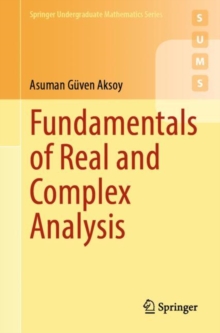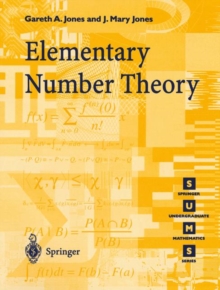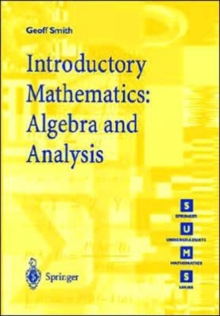
Fields and Galois Theory PDF
by John M. Howie
Part of the Springer Undergraduate Mathematics Series series
Description
Fieldsaresetsinwhichallfouroftherationaloperations,memorablydescribed by the mathematician Lewis Carroll as "perdition, distraction, ugli?cation and derision", can be carried out.
They are assuredly the most natural of algebraic objects, since most of mathematics takes place in one ?eld or another, usually the rational ?eld Q, or the real ?eld R, or the complex ?eld C.
This book sets out to exhibit the ways in which a systematic study of ?elds, while interesting in its own right, also throws light on several aspects of classical mathematics, notably on ancient geometrical problems such as "squaring the circle", and on the solution of polynomial equations.
The treatment is unashamedly unhistorical. When Galois and Abel dem- strated that a solution by radicals of a quintic equation is not possible, they dealt with permutations of roots.
From sets of permutations closed under c- position came the idea of a permutation group, and only later the idea of an abstract group.
In solving a long-standing problem of classical algebra, they laid the foundations of modern abstract algebra.
Information
-
Download - Immediately Available
- Format:PDF
- Publisher:Springer London
- Publication Date:05/09/2007
- Category:
- ISBN:9781846281815
Other Formats
- Paperback / softback from £24.35
Information
-
Download - Immediately Available
- Format:PDF
- Publisher:Springer London
- Publication Date:05/09/2007
- Category:
- ISBN:9781846281815










